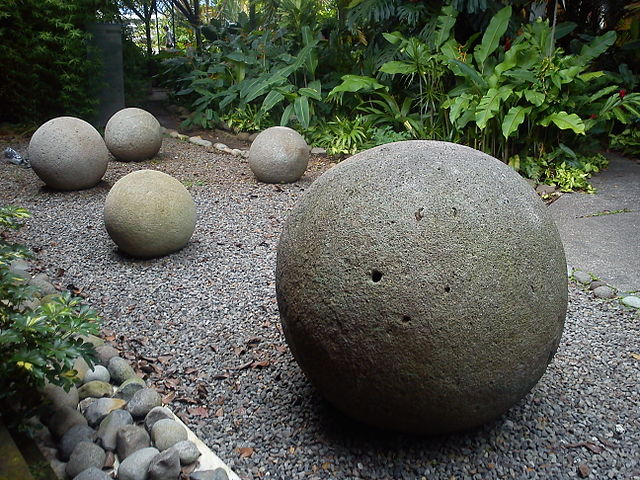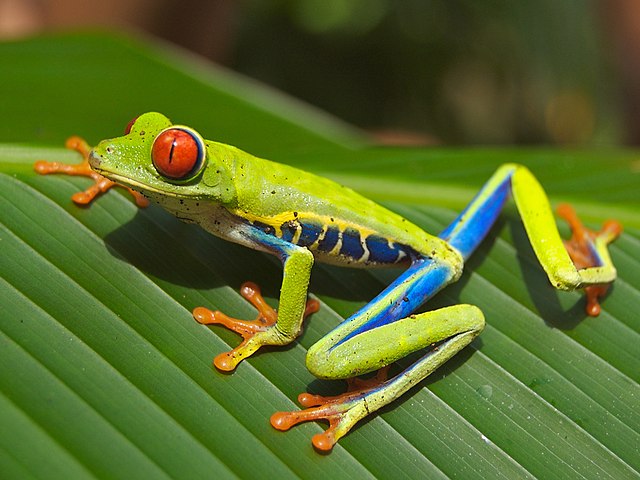The Cabécar are an indigenous group of the remote Talamanca region of eastern Costa Rica. They speak Cabécar, a language belonging to the Chibchan language family of the Isthmo-Colombian Area of lower Central America and northwestern Colombia. According to census data from the National Institute of Statistics and Census of Costa Rica, the Cabécar are the largest indigenous group in Costa Rica with a population of nearly 17,000.
A traditional Cabécar dwelling
Slash-and-burn agriculture
Costa Rica, officially the Republic of Costa Rica, is a country in the Central American region of North America. Costa Rica is bordered by Nicaragua to the north, the Caribbean Sea to the northeast, Panama to the southeast, and the Pacific Ocean to the southwest, as well as maritime border with Ecuador to the south of Cocos Island. It has a population of around five million in a land area of 51,060 km2 (19,710 sq mi). An estimated 333,980 people live in the capital and largest city, San José, with around two million people in the surrounding metropolitan area.
Stone spheres created by the Diquis culture at the National Museum of Costa Rica. The sphere is the icon of the country's cultural identity.
The Ujarrás historical site in the Orosí Valley, Cartago province. The church was built between 1686 and 1693.
The 1849 national coat of arms was featured in the first postal stamp issued in 1862.
Red-eyed tree frog (Agalychnis callidryas)






